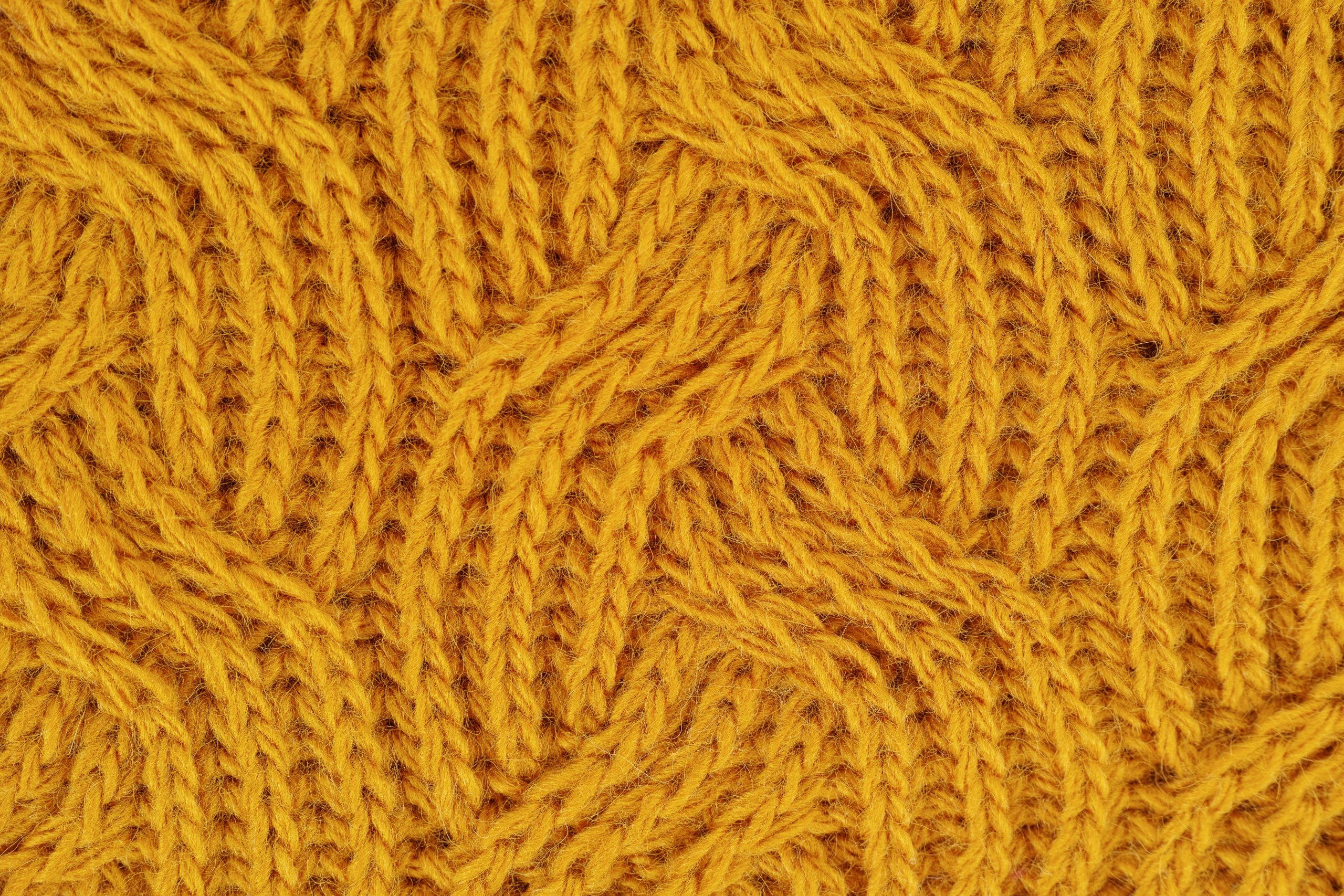The Role of Technology in Advanced Textile Manufacturing
The textile manufacturing industry has undergone a significant transformation in recent years, driven by advancements in technology. From automation to smart textiles, technology plays a crucial role in enhancing efficiency, sustainability, and product innovation. This article explores the various ways technology is reshaping advanced textile manufacturing.
Automation and Robotics
Automation has revolutionized the textile manufacturing process, leading to increased productivity and reduced labor costs. Robotics are now employed in various stages of production, including:
- Cutting: Automated cutting machines ensure precision and reduce fabric waste.
- Sewing: Robotic sewing machines can operate continuously, increasing output and consistency.
- Quality Control: Automated inspection systems utilize AI to detect defects in real-time.
For instance, companies like Gerber Technology have developed automated cutting systems that can cut multiple layers of fabric simultaneously, significantly speeding up the production process.
Smart Textiles and Wearable Technology
Smart textiles, also known as e-textiles, integrate technology into fabrics, allowing them to interact with the environment. These textiles can monitor health, provide heating, or even change color. Key applications include:
- Health Monitoring: Fabrics embedded with sensors can track vital signs, such as heart rate and temperature.
- Sports Performance: Wearable technology in athletic apparel can analyze movement and provide feedback to improve performance.
- Fashion Innovation: Designers are experimenting with color-changing fabrics that respond to temperature or light.
A notable example is the collaboration between Google and Levi’s to create the Jacquard jacket, which allows wearers to control their smartphones through gestures on the fabric.
Sustainability Through Technology
As environmental concerns grow, technology is also playing a vital role in making textile manufacturing more sustainable. Innovations include:
- Waterless Dyeing: Technologies like AirDye reduce water usage by up to 95% compared to traditional dyeing methods.
- Recycling Technologies: Companies are developing methods to recycle old textiles into new fibers, reducing waste.
- Energy Efficiency: Smart manufacturing systems optimize energy consumption, lowering the carbon footprint of production.
For example, the company Worn Again Technologies is pioneering a process that recycles polyester and cotton textiles into new raw materials, promoting a circular economy in fashion.
Data Analytics and Supply Chain Optimization
Data analytics is transforming how textile manufacturers manage their supply chains. By leveraging big data, companies can:
- Forecast Demand: Predictive analytics help manufacturers align production with market trends.
- Optimize Inventory: Real-time data allows for better inventory management, reducing excess stock.
- Enhance Customer Experience: Personalized marketing strategies can be developed based on consumer behavior analysis.
Brands like Zara utilize data analytics to quickly respond to fashion trends, ensuring they remain competitive in a fast-paced market.
Conclusion
Technology is undeniably reshaping the landscape of advanced textile manufacturing. From automation and smart textiles to sustainable practices and data analytics, these innovations are driving efficiency, creativity, and environmental responsibility. As the industry continues to evolve, embracing these technological advancements will be essential for manufacturers aiming to thrive in a competitive global market.

No responses yet